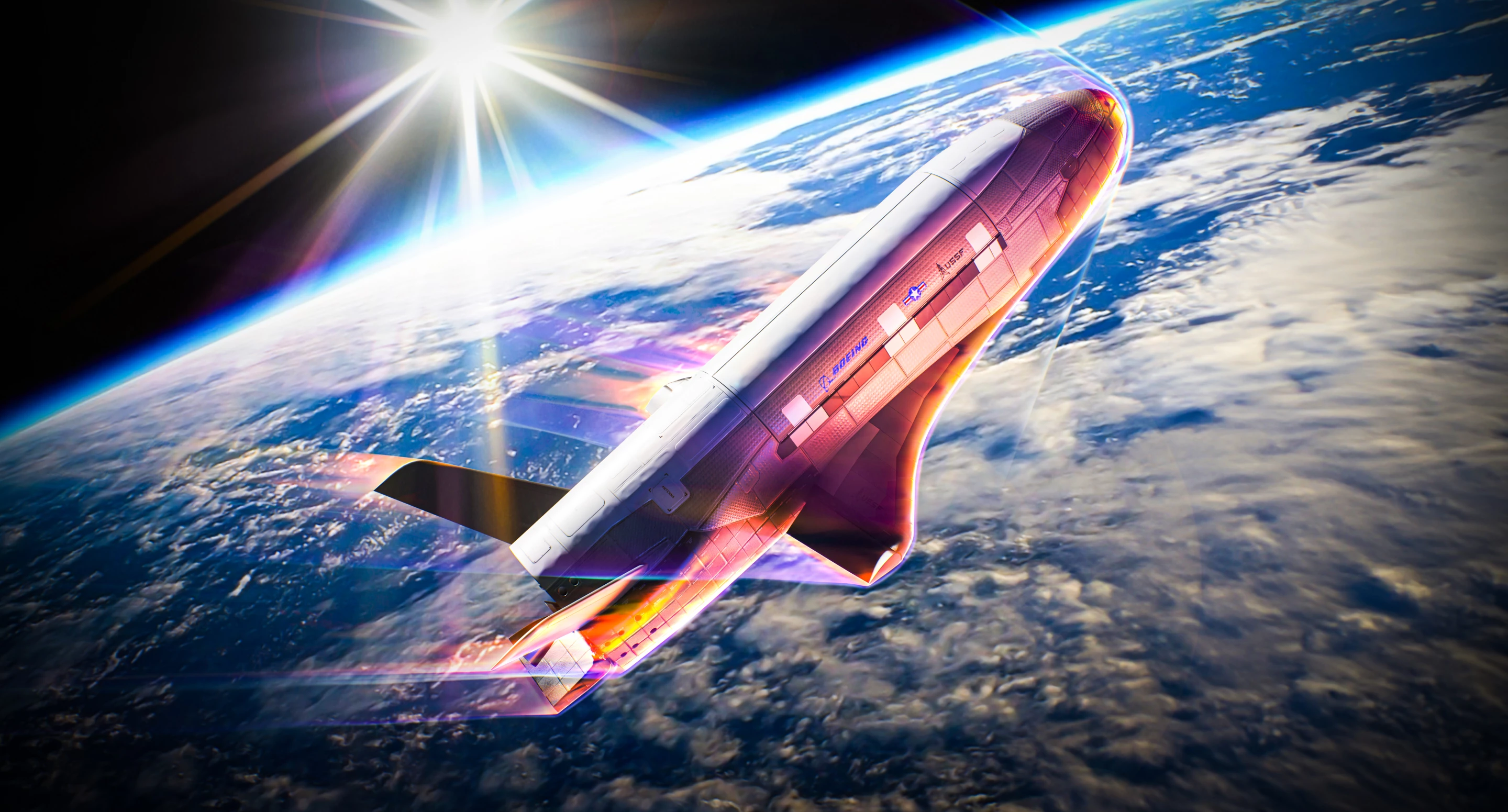The US Space Force's secret-but-not-really-secret spaceplane will carry out a novel maneuver called aerobraking to change its orbit. Instead of using thrusters, the robotic spacecraft will dip into the Earth's atmosphere to change its trajectory.
The Orbital Test Vehicle 7 (OTV-7) mission of the Space Force's X-37B spaceplane that launched on December 28, 2023 from Kennedy Space Center Launch Complex 39A in Florida is as shrouded in semi-secrecy as previous missions. While the official story is that it is conducting experiments in radiation effects and Space Domain Awareness technologies while in a Highly Elliptical Orbit (HEO), the details of what else it's doing up there are a matter of speculation.
This makes OTV-7 largely the same as the previous six missions, but there will be at least one difference. Its current orbit sends it alternately very close to the Earth and then very far away. (Why? We have no idea.) However, the Space Force wants to alter the trajectory. (Why? We …) The clever bit is that the X-37B won't be doing so by a series of thruster burns, but by performing shallow dives into the Earth's atmosphere to slow it down and place it into a new orbit.
It's a maneuver that's been well known for decades. Robert Heinlein even included it in one of his juvenile novels in the 1940s and it was a highlight of the 1984 film 2010: The Year We Make Contact when our heroes arrived at Jupiter. However, it's very rarely been used in reality and then only for planetary missions. It was used experimentally for Japan's first lunar probe in 1991, to extend the Magellan Venus mission in 1993, by the Mars Global Surveyor in 1997, the Venus Express in 2014, and the ESA ExoMars Trace Gas Orbiter in 2017 and 2018. However, it's never been used for an Earth orbit mission before.
Before the aerobraking maneuver, the X-37B will jettison its service module, which will reenter the Earth's atmosphere in accordance with international space debris minimization protocols. The spaceplane will then use the drag of Earth’s atmosphere to slow it down with a minimal expenditure of fuel, after which it will continue the last phase of its mission before returning to Earth.
"This first-of-a-kind maneuver from the X-37B is an incredibly important milestone for the United States Space Force as we seek to expand our aptitude and ability to perform in this challenging domain," said Gen. Chance Saltzman, Chief of Space Operations.
Source: US Space Force





